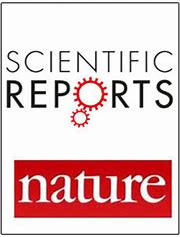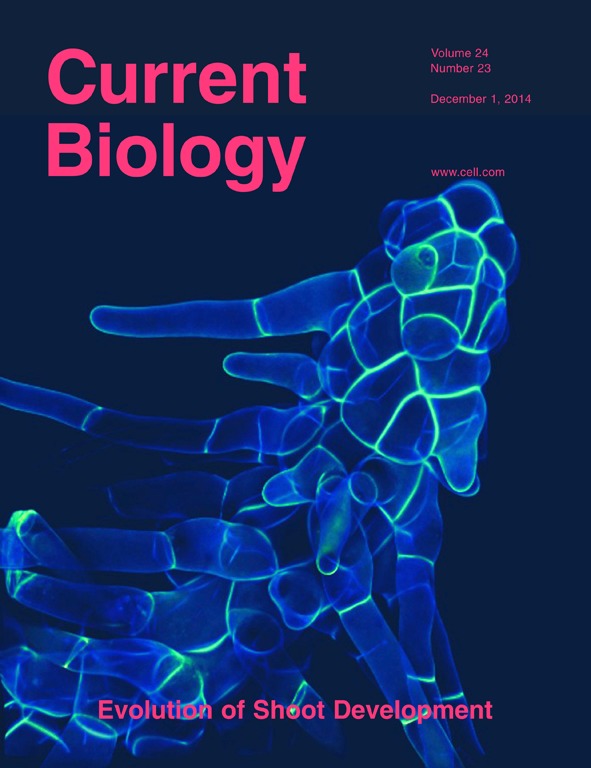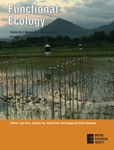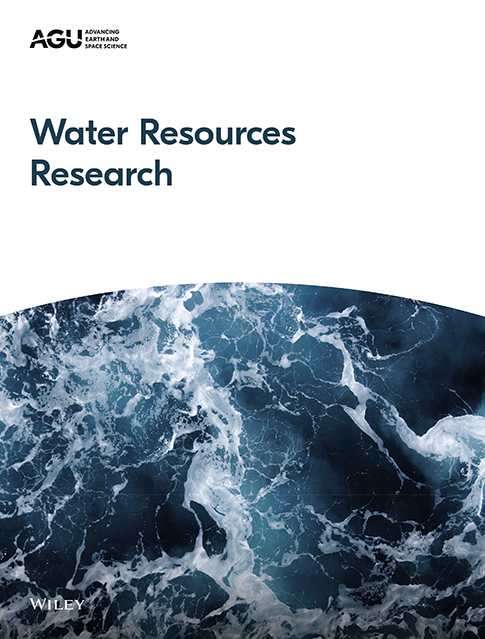- Department:(Dept. 4) Fish Biology, Fisheries and Aquaculture
One-quarter of freshwater fauna threatened with extinction
The largest global assessment of freshwater animals on the IUCN Red List of Threatened Species to date has revealed that 24 per cent of the world’s freshwater fish, dragonfly, damselfly, crab, crayfish and shrimp species are at high risk of extinction.
Predator exposure early in life shapes behavioral development and individual variation in a clonal fish

Varying organic content in fish otoliths: Effects on SIMS-based δ18O measurements and possible corrections
Collective anti-predator escape manoeuvres through optimal attack and avoidance strategies
The research team investigated the predator-prey behaviour of striped marlins (Kajikia audax) and sardine shoals (Sardinops sagax caerulea) in the open ocean. Their findings reveal that individual prey in groups follows simple decision-making rules, which lead to complex, collective self-organized manoeuvers – and that this response is something predators can capitalize on.
Evidence for a by-product mutualism in a group hunter depends on prey movement state
Why do animals hunt in groups? The authors have shown in a field study in the ocean off Mexico: the faster the prey school moves, the higher the capture rate of the striped marlin. This is because if the prey school is moving fast, individual prey fish are more likely to become isolated. These isolated fish are then easily caught by the non-attacking marlins, an advantage of group hunting.

EthoCRED: a framework to guide reporting and evaluation of the relevance and reliability of behavioural ecotoxicity studies

Variable habitat use supports fine‑scale population differentiation of a freshwater piscivore (northern pike, Esox lucius) along salinity gradients in brackish lagoons
Ecological Connectivity of River‐Lake Ecosystem: Evidence From Fish Population Dynamics in a Connecting Channel
Evidence for a by-product mutualism in a group hunter depends on prey movement state
Researchers from the Cluster of Excellence Science of Intelligence (SCIoI), in which the Humboldt-Universität zu Berlin (HU Berlin) and the Leibniz Institute of Freshwater Ecology and Inland Fisheries (IGB) are involved, have proven in an underwater field study in the ocean off Mexico: the faster a school of prey moves, the higher the capture rate of the striped marlin.
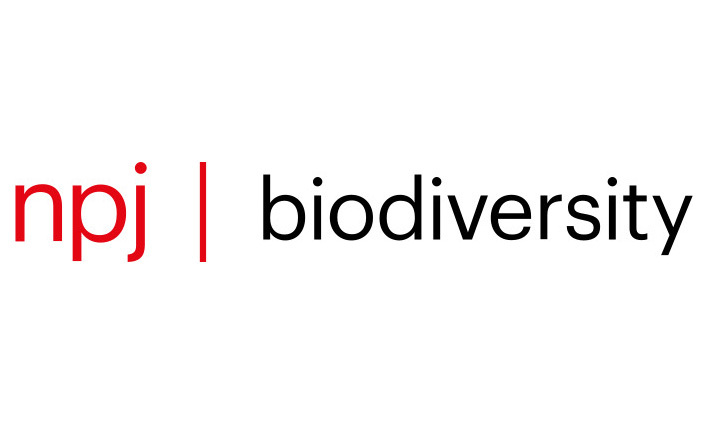
The European Reference Genome Atlas: piloting a decentralised approach to equitable biodiversity genomics
Researchers from all over Europe have created high-standard reference genomes for 98 species as part of the European Reference Genome Atlas (ERGA) pilot project. This collaboration of scientists from 33 countries is an important milestone on the way to a reference genome database for European animals, plants and fungi.


